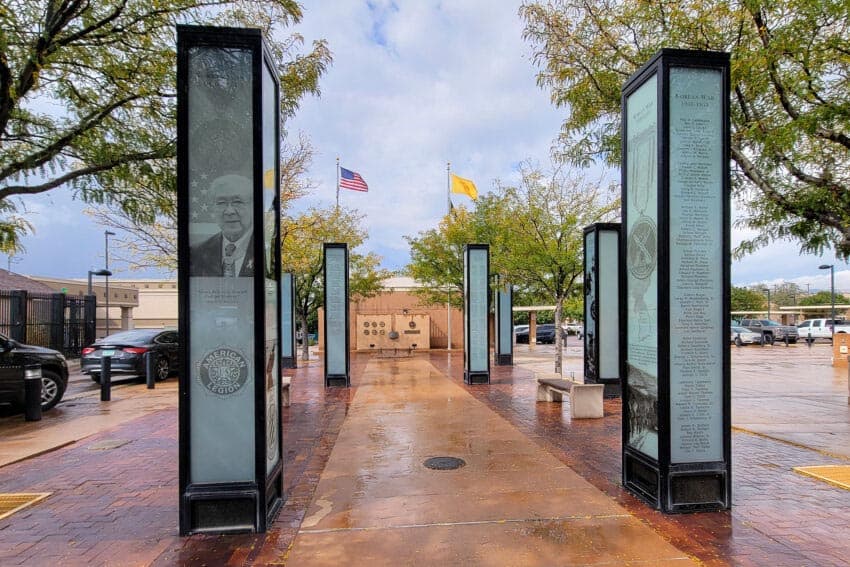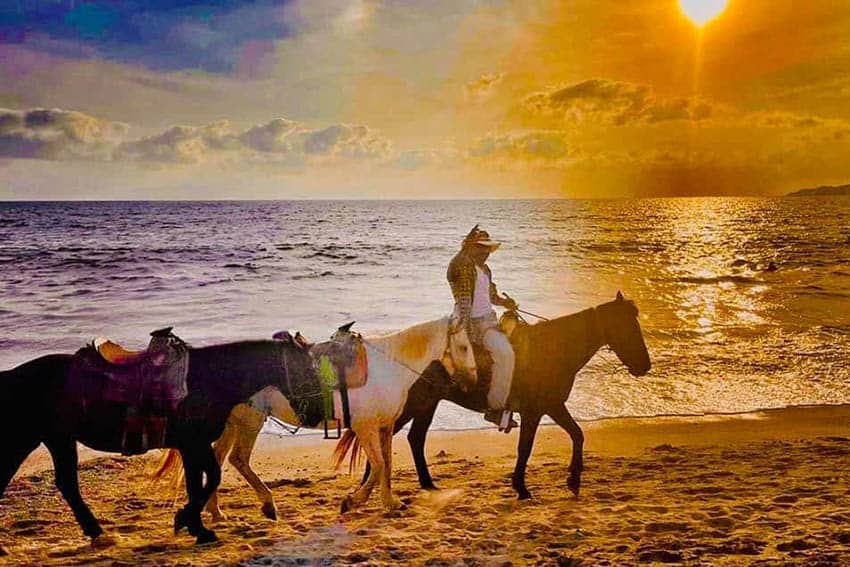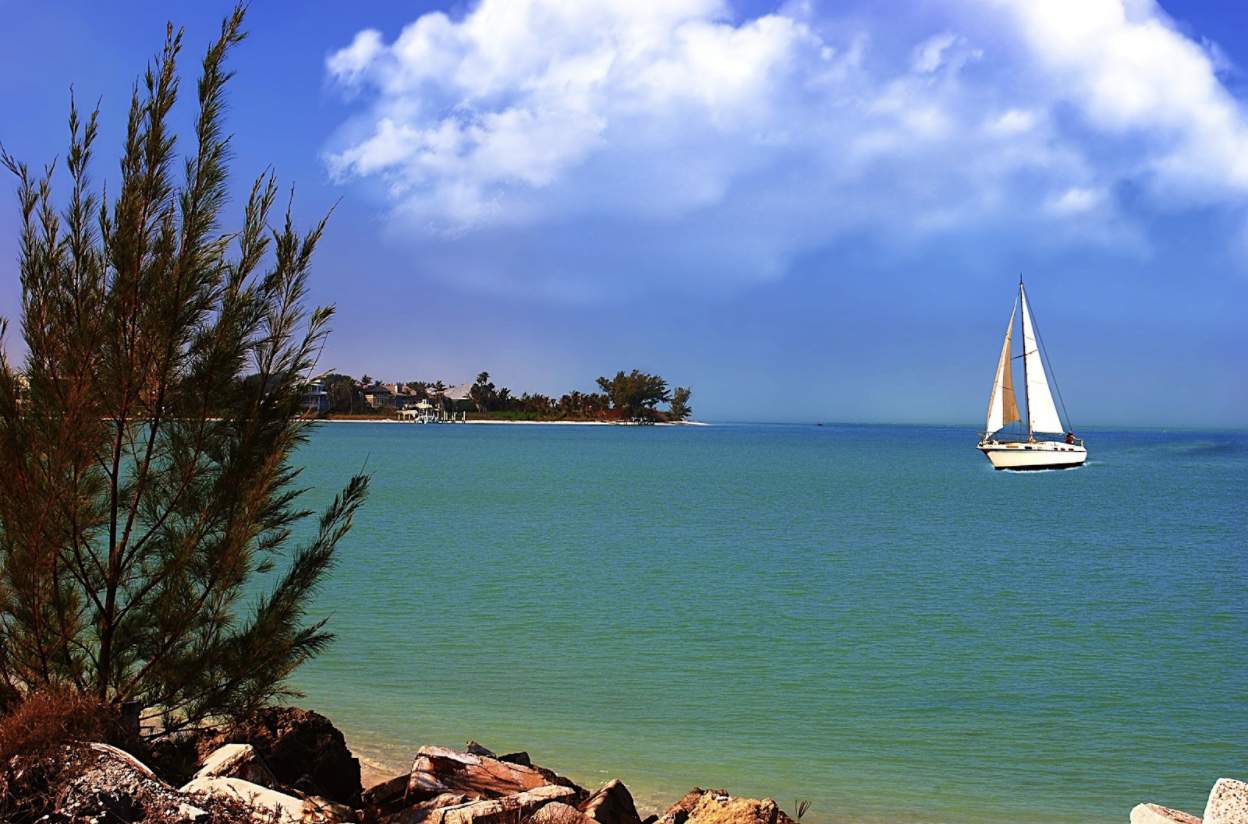
A Natural Retreat in Yucatan, Amigos Style
By Catherine Senecal
At the eastern end of the lagoon, Xlaphak Temple stood crumbling in the heat almost completely covered with plants and mold.

From the flat overgrown top of the truck-sized temple, I could see acres of wet savanna, mangrove trees, and water
the color of toothpaste gel stretching in every direction. Never had a temple seemed so inexplicably situated.
I was at Sian Ka’an Biosphere Reserve, a 1.3 million-acre tract of land jutting out into the Caribbean Sea between Cozumel and Belize, about two hours south of Cancún.
The reserve is a natural paradise of mangroves, freshwater lagoons, savannah, reefs, dunes, and tropical forest. More than 70 percent of the Yucatan’s 475 bird species are found here including rare jabiru storks, great curassow, toucan and flamingo.
Amigos of Sian Ka’an
Amigos of Sian Ka’an, a non-profit Mexican organization, manages the reserve, ensuring that the bulk of the land area remains undisturbed, while the rest is reserved for research and conservation projects for resident Mayans.

For example, along one stretch of reef, one project was to provide an alternative for more than 600 local fishermen who made their living diving for spiny lobster. For years, the Amigos have been running small-group tours into the area to raise money and to show visitors a unique ecosystem. My tour was led by Cesar Barrios Martinez, a research biologist with Amigos of Sian Ka’an.
After dropping in at an experimental plant nursery, we followed a dirt road leading to a marble blue lagoon. Cesar shook out his map and showed us our route through a saltwater lagoon, manmade canal, across a freshwater lagoon, through a natural canal into another lagoon, and finally, to the pick-up location.
Ten of us climbed into a wooden motorboat and we headed west, salt spray misting us from the wake of the bow. After a short boat ride across tiny Muyil Lagoon, we entered a canal to Chunyaxche Lagoon, Mexico’s largest freshwater lagoon, crystal clear and only two yards at its deepest. It took us about 20 minutes to cross it.
Cenotes in the Limestone
As we approached a natural canal, Cesar pointed out cenotes, sinkholes in the limestone where freshwater shoots up from springs beneath the water. It was at the eastern end of this lagoon where we came across the tiny Xlaphak Temple, with grand views in every direction over the wet savanna and gel-blue water. We stopped here to snorkel among the permit fish.
After a leisurely hour snacking on nuts and swimming among yellow striped Sargeant fish in the lagoon, we left for a great six-mile ride down Cayo Venado, a waterway once used by ancient Mayans. Cesar sterned the boat around dozens of tight winding turns, some only six feet wide.
We ducked low-hanging epiphytic plants and craned our necks to see royal egrets lift off from their mangrove nests.
The boat plied the water past purple orchids and tightly-wrapped blossoms ready to pop.
Cesar bumped along one bank announcing near, very near, a small matted mound, “crocodile nest.”
Fortunately, the croc was off chomping on heron eggs. We continued on this way, gently bouncing off one bank of the canal and scraping off the next.
Our driver picked us up at the take-out spot and took us to a shady beach eatery just south of Tulum Ruins and only a few yards from the Caribbean. We washed down excellent grilled fish and garlic shrimp with Tecate beer, staring out over the calm ocean and wallowing in the warm breeze and thinking how fortunate we were to have seen this magnificent natural retreat with an amigo.
Sian Ka’an Tours
Tripadvisor lists the five best tours of this remarkable region here. You can also be a little bit braver and try taking a tour of Sian Ka’an on your own. Find out more about this here.
- These 9 U.S. National Parks Require Reservations in 2024 - April 17, 2024
- Take a Hike in Olympic National Park - April 17, 2024
- The Wild Mississippi: 2340 Miles Across Ten States - April 8, 2024





